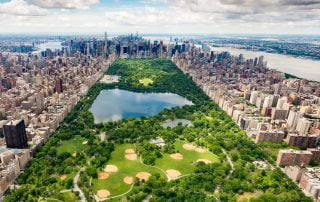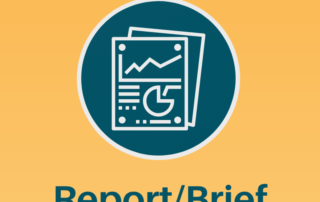New York State relies on fine, fee, and surcharge revenue to fund government operations- including the functions of the courts and state agencies providing criminal justice, public safety, and victim services. This funding is generated via a complex set of state statutes, including penal, vehicle and traffic, environmental conservation, judiciary, and finance laws and is spent through the General Fund and a bevy of State Special Revenue Funds. No one state government entity or agency is charged with comprehensively reporting on the imposition, collection, and [...]





